AFI
SOURCE: AFI


The Defence Research and Development Organisation (DRDO) is urging Indian drone startups to take on an ambitious project: the development of swarm drones that can collectively function as a static early warning radar system to monitor incoming aerial threats. This cutting-edge initiative aims to leverage advances in drone technology and artificial intelligence to create an innovative, resilient, and deployable defense mechanism.
The concept involves using multiple drones equipped with small radar sensors to form an interconnected “wall” in the air. These swarm drones would collaborate to create a real-time radar array capable of detecting and tracking incoming aerial threats, such as missiles, drones, or low-flying aircraft.
Continue readingSOURCE: AFI


India and Italy have taken significant steps to deepen their defence and industrial cooperation, with both nations agreeing to negotiate a defence industrial roadmap and other key agreements. These developments were highlighted in the Joint Strategic Action Plan 2025-29, which lays out a vision for bilateral cooperation over the next five years.
The roadmap aims to foster collaboration between the two countries’ defence sectors. A Memorandum of Understanding (MoU) is set to be negotiated between the Society of Indian Defence Manufacturers (SIDM) and the Italian Industries Federation for Aerospace, Defence, and Security (AIAD). The agreement will serve as a platform to explore joint ventures, technology transfers, and co-development opportunities in the defence sector.
Continue readingSOURCE: AFI
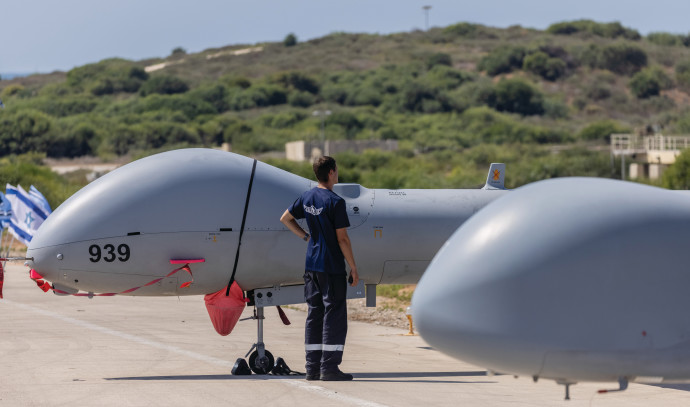

The Aeronautical Development Establishment (ADE), a premier research and development laboratory under DRDO, is currently on the lookout for highly skilled UAV pilots to join its team.
The organization is seeking individuals with extensive experience in unmanned aerial vehicle (UAV) operations to contribute to the design validation flight trials of various UAVs currently under development.
Continue readingSOURCE: AFI


Indian manufacturers of trinitrotoluene (TNT), a critical ingredient in artillery shells, tank ammunition, and certain types of mines, are experiencing unprecedented demand, driving prices to historic highs. With global conflicts in Europe and the Middle East fueling the need for ammunition, TNT prices have surged to ?8.5 lakh per tonne, up from the usual ?5.5 lakh per tonne, according to industry sources.
The surge in demand for 155mm artillery shells, widely used in howitzers such as Bofors guns, has directly impacted TNT prices. As 155mm ammunition becomes a staple in ongoing conflicts, the need for TNT—a key explosive material—has spiked dramatically. Tank shells and other munitions, which also rely heavily on TNT, have further amplified this trend.
Continue readingSOURCE: AFI


The development of India’s Advanced Medium Combat Aircraft (AMCA), a fifth-generation stealth fighter, has reached a critical stage, with the Defence Research and Development Organisation (DRDO) Chief announcing key timelines. Speaking on the program’s progress, the Chief revealed that the development trials for AMCA are expected to be completed by 2034, and the fighter jet should achieve induction into the Indian Air Force (IAF) by 2035.
This milestone will mark a transformative moment for India’s defense sector, as the AMCA will position the nation among an elite club of countries capable of designing and manufacturing advanced stealth aircraft indigenously. Currently, only a handful of nations, including the United States, Russia, and China, operate such cutting-edge technology.
Continue readingSOURCE: AFI


The CEO of Pakistan’s Global Industrial and Defence Solutions (GIDS) has recently made bold claims about the capabilities of their newly developed Shahpar-III unmanned aerial vehicle (UAV). According to the CEO, the Shahpar-III features an impressive wingspan of 67 meters, can operate at altitudes above 35,000 feet, and boasts an endurance of 30 hours with a range of 2,500 kilometers. Additionally, it reportedly has six hardpoints and can carry a payload of 500 kilograms, including up to eight weapons. The UAV is said to be entirely developed locally within two years.
While these specifications, on paper, appear to position the Shahpar-III as a game-changing platform, they raise questions about their feasibility and real-world performance, especially given Pakistan’s historical dependence on foreign partners such as China and Turkey for UAV technologies.
Continue readingSOURCE: AFI
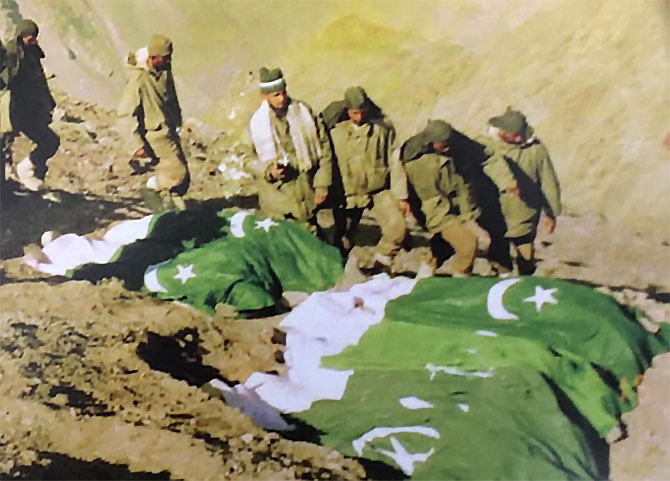

The Kargil War of 1999 between India and Pakistan remains one of the most significant and controversial conflicts in the history of South Asia. While the war’s outcome has been well-documented, the question of Pakistan Army casualties during the conflict continues to be a topic of debate, with conflicting figures presented by different sources over the years.
Dr. Ishtiaq Ahmed, a noted Pakistani-Swedish political scientist and historian, shed light on the divergence in casualty figures provided by prominent Pakistani leaders. According to him, former Prime Minister Benazir Bhutto claimed that around 3,000 Pakistani soldiers died during the Kargil War. In contrast, her political rival and another former Prime Minister, Nawaz Sharif, estimated the figure at 2,500 soldiers.
Continue readingSOURCE: AFI


Guyana has shown a keen interest in bolstering its defense capabilities and is currently in discussions with Indian defense companies to procure a range of equipment, including Fast Patrol Vessels (FPVs), Offshore Patrol Vessels (OPVs), arms, ammunition, and other critical systems. The move reflects the South American nation’s commitment to modernizing its defense infrastructure amidst evolving security challenges, particularly in its maritime domain.
Guyana, with its vast Exclusive Economic Zone (EEZ) in the Atlantic Ocean, relies heavily on effective maritime patrols to safeguard its natural resources, especially oil and gas reserves. To enhance its maritime security, the country is engaging with Indian manufacturers known for producing high-quality and cost-effective patrol vessels tailored to coastal and offshore operations.
Continue readingSOURCE: AFI
/cdn.vox-cdn.com/uploads/chorus_image/image/29311381/lockheed-martin-sr-71-blackbird-1.0.jpg)

During the Cold War, the SR-71 Blackbird, a top-secret reconnaissance aircraft, represented the pinnacle of American aerospace engineering and a critical tool for intelligence gathering. However, a shocking incident involving a Soviet pilot in the 1970s led the US Air Force to implement an unusual requirement for SR-71 pilots: they had to be married.
This rule was not just a procedural formality but stemmed from deep concerns about loyalty and the security of sensitive military assets.
Continue readingSOURCE: AFI
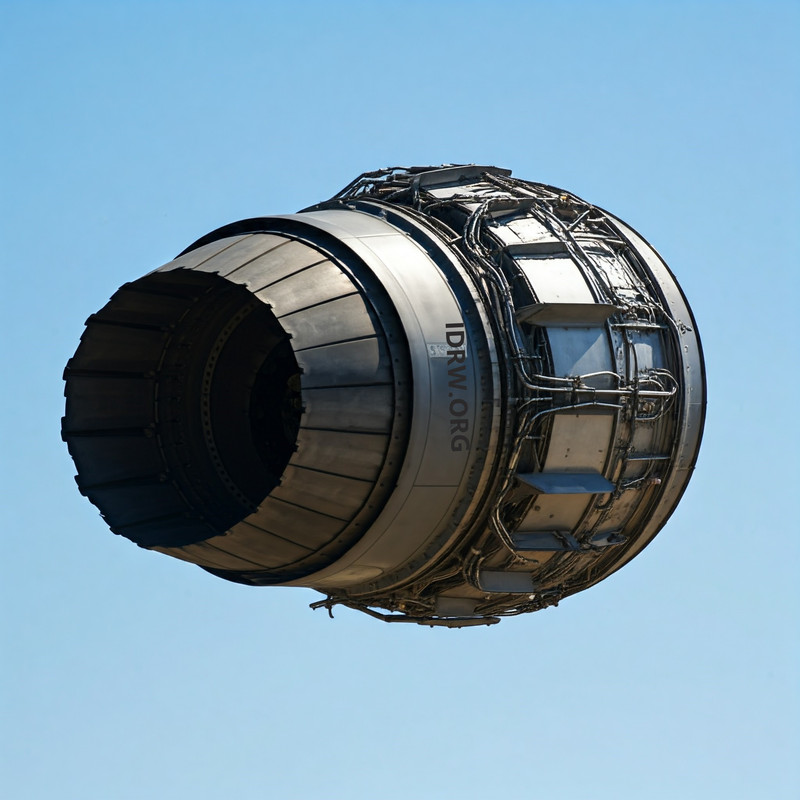

BrahMos Aerospace has been entrusted with the development of a new afterburner section for the Dry Kaveri engine, a project aimed at showcasing its ability to generate an impressive 80kN of thrust. The advanced afterburner, designed entirely from scratch, is a pivotal step in optimizing the engine’s performance for potential applications in advanced fighter aircraft.
The new afterburner section is designed to deliver 29kN of additional thrust when engaged, enhancing the engine’s power significantly. This development aligns with ongoing efforts to refine the Dry Kaveri engine, which is a non-afterburning variant of the Kaveri engine family originally conceived by the Gas Turbine Research Establishment (GTRE) under DRDO.
Continue readingSOURCE: AFI


The Indian Air Force (IAF) has retained approximately 40 retired MiG-23 fighter jets, stored under the oversight of the IAF’s Maintenance Command. While these aircraft were officially retired from active service, they have not been scrapped, indicating a strategic decision to keep them as part of a long-term reserve. The retention of these MiG-23s could serve multiple purposes, from acting as a reserve for critical components to providing platforms for training, experimentation, or even as potential sources of spare parts. Here’s a look at why the IAF may have chosen to store these aircraft and the strategic advantages this choice offers.
Maintaining combat aircraft demands a highly skilled workforce of technicians and engineers. Even though MiG-23s are retired, they still offer a valuable hands-on training platform for IAF’s technical personnel. Ground crew training on these stored MiG-23s allows technicians to practice servicing procedures, understand aircraft architecture, and gain experience in handling older Soviet-era systems, which may still be present in other IAF assets.
Continue readingSOURCE: AFI
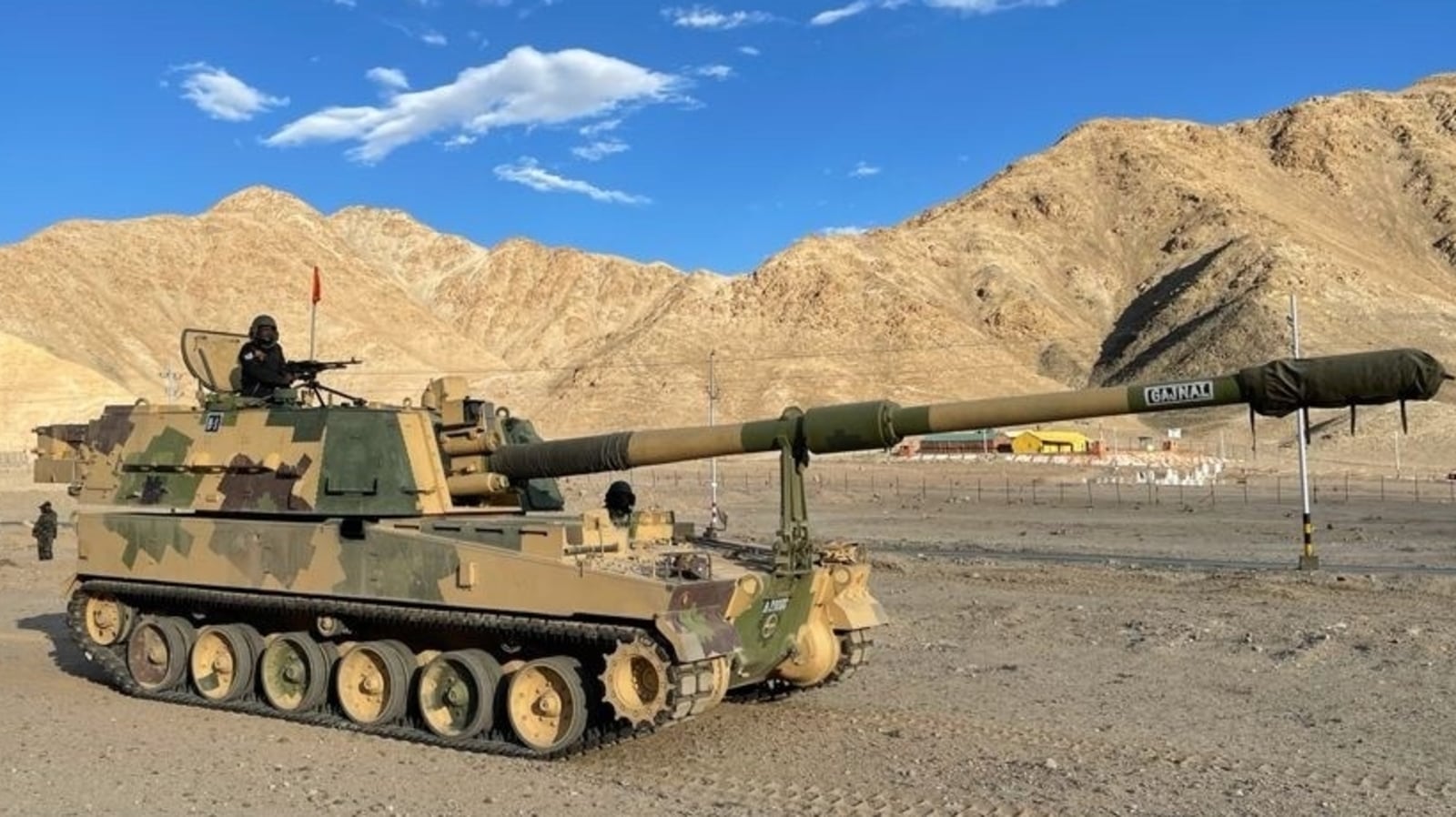

Aartech Solonics Limited, in collaboration with the Sudarshan Chakra Corps (EME) of the Indian Army and IIT Mumbai, has unveiled a groundbreaking innovation: the Adaptive Alternate Power Module (AAPM). This indigenous technology is set to revolutionize power management in Armored Fighting Vehicles (AFVs) and artillery systems, including the K9 Vajra self-propelled howitzer.
The Adaptive Alternate Power Module is designed to provide regulated DC power to armored vehicles and artillery systems based on operational requirements. By eliminating the need to switch on the main engine to power onboard systems.
Continue readingSOURCE: AFI


Mumbai-based InspeCity Space Laboratories Pvt. Ltd. has achieved a remarkable milestone by winning the prestigious iDEX Prime X Challenge of Innovations for Defence Space Agency (DSA). The company has been recognized for its cutting-edge contributions to two critical areas of space technology: the development of a Space-Grade Robotic Arm with Ground Control for Orbital Transfer Vehicles (OTV) and an Intelligent Object Identification System integrating Light Detection and Ranging (LIDAR) and Electro-Optical (EO) sensors.
The iDEX Prime X Challenge, a flagship initiative under the Ministry of Defence’s Innovations for Defence Excellence (iDEX) program, is aimed at encouraging private sector participation in developing niche technologies for defense applications. The DSA, tasked with safeguarding India’s space assets, posed the challenge to design a robotic arm that could perform complex tasks in orbit while being remotely operated from the ground.
Continue readingSOURCE: AFI


The Indian Air Force (IAF) is exploring the possibility of converting its newly acquired Airbus C-295 transport aircraft into tactical air-to-air refuelling (AAR) platforms. By integrating a roll-on/roll-off AAR kit, the C-295 could become a cost-effective, multi-role asset capable of refuelling both helicopters and fixed-wing aircraft during day and night operations.
The AAR conversion utilizes a centre-line hose-and-drogue system, which can be loaded via the C-295’s rear ramp. This modular design minimizes aircraft modifications, making it possible for any in-service C-295 fleet to adopt the refuelling role with ease. The system operates entirely on electric power, enhancing reliability and reducing maintenance complexity compared to traditional hydraulic systems.
Continue readingSOURCE: AFI
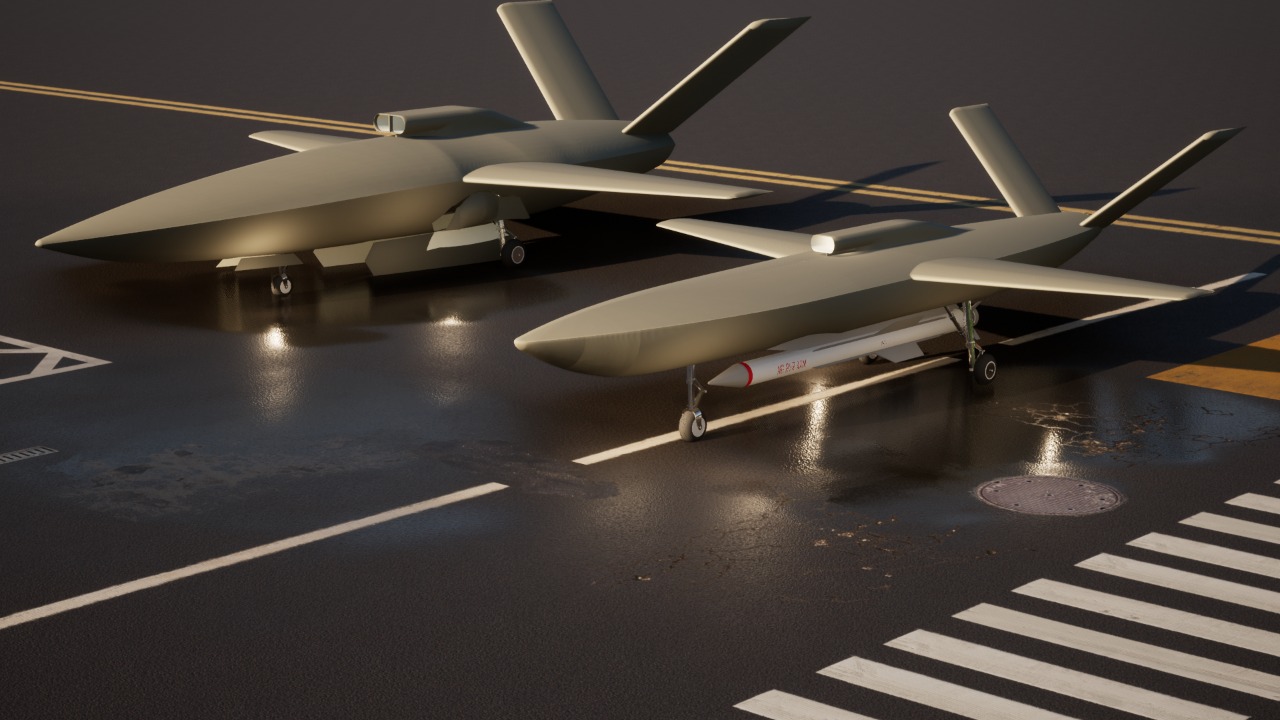

The Indian Air Force (IAF) is on the cusp of a critical capability challenge, with its combat squadron strength projected to dip below the sanctioned 42-squadron strength to under 30 squadrons in the coming years. This shortfall arises amidst a growing threat environment and delayed acquisition programs for manned combat aircraft. In this context, the IAF urgently needs to fast-track the development and induction of highly autonomous Unmanned Combat Aerial Vehicles (UCAVs) and cost-effective “loyal wingman” drones to bolster its combat potential and address capability gaps.
Stealthy, long-range UCAVs offer unparalleled advantages in modern aerial warfare. Equipped with advanced sensors, precision weaponry, and artificial intelligence (AI), these platforms can penetrate heavily contested airspaces, conduct surveillance, and neutralize enemy threats with minimal human risk. For the IAF, such capabilities are critical given India’s vast borders and the need to maintain air superiority in multiple theaters against adversaries like China and Pakistan.
Continue reading